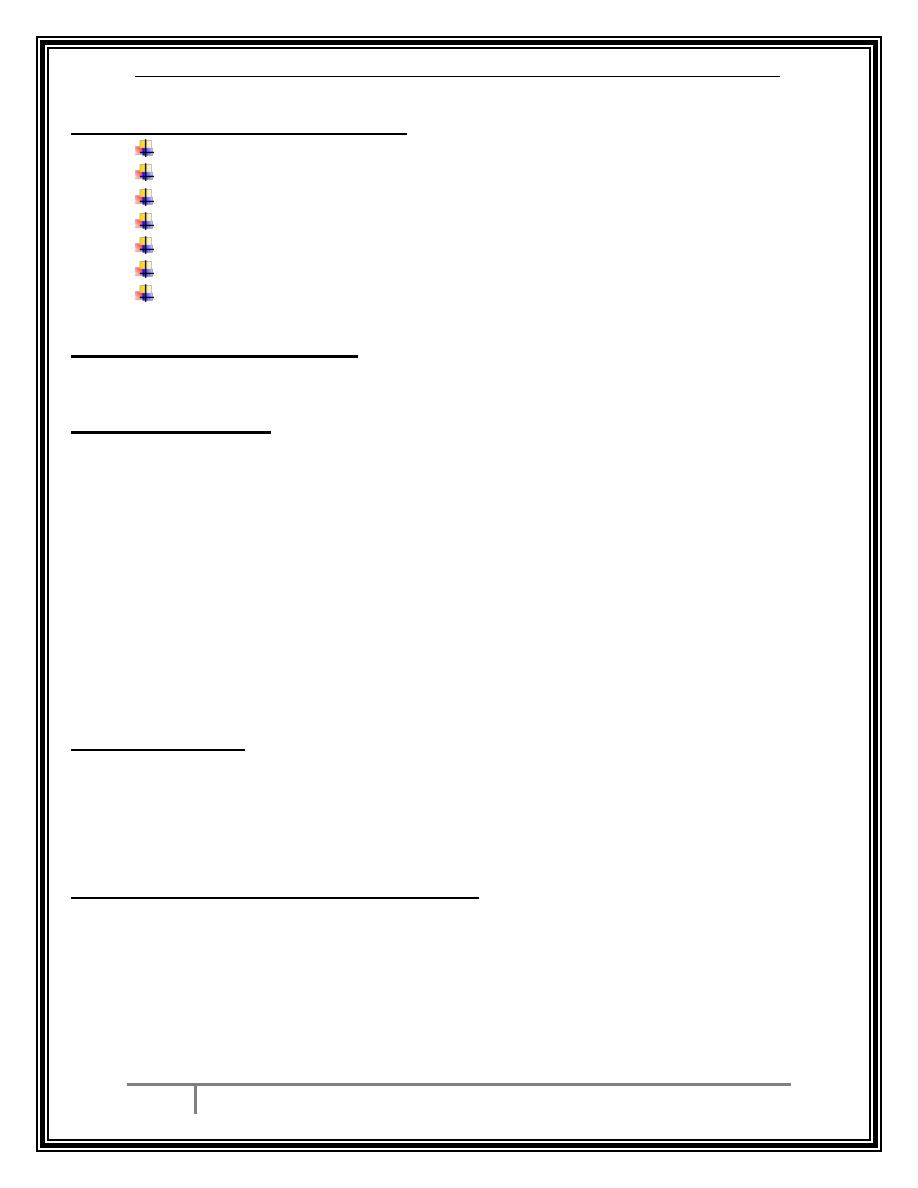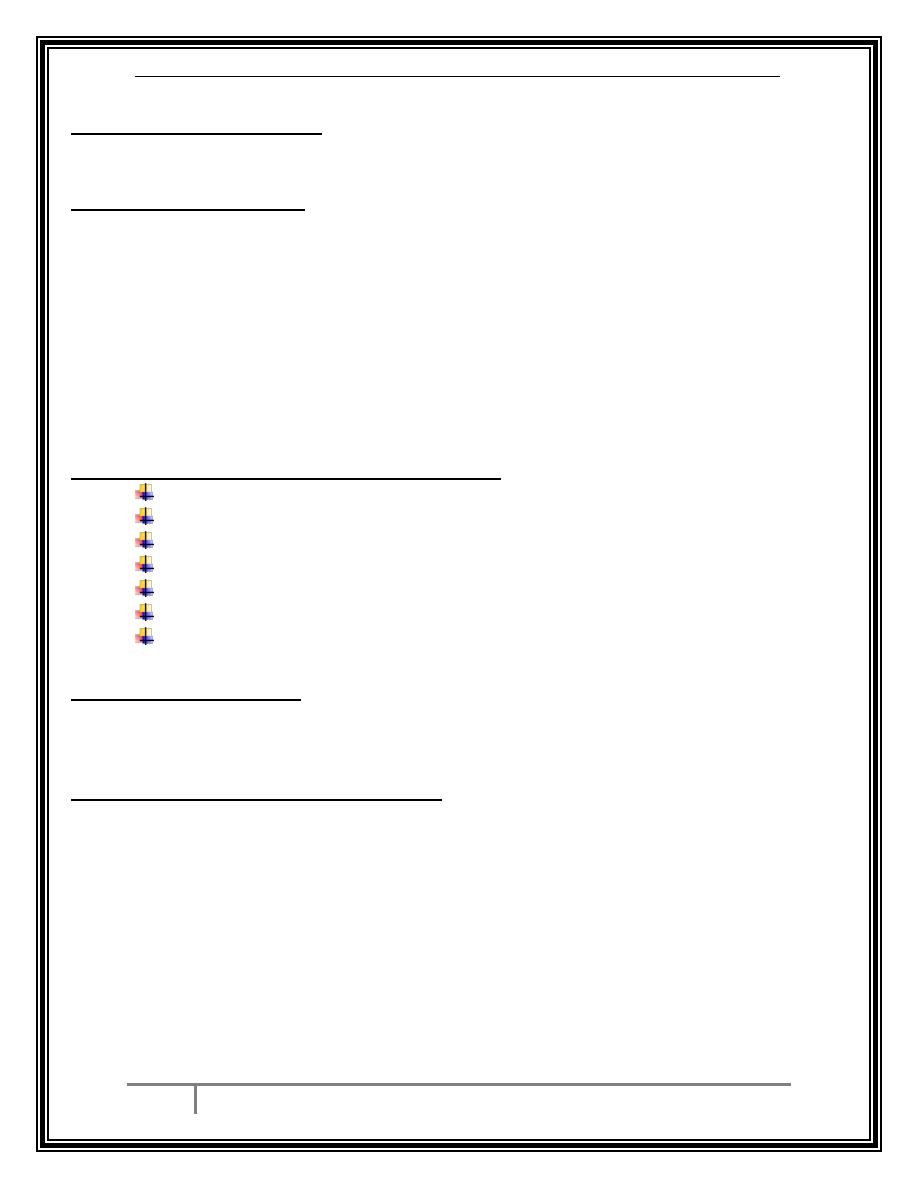
Dr . Hayder Anaemia in pregnancy 14/4/2016
1
BY:taher ali taher
obestitrics
Objectives :
Recognize the normal physiological changes in pregnancy
describe the scientific bases of pathophysiology of anemia
L ist the risks to the fetus and mother
The student should be able to diagnose anemia and it’s type and
severity effectively and accurately
The student should be able to justify the management of anemia
according to type , severity and gestational age
The student should be able to prevent the development of anemia
specially iron deficiency and folate deficiency
The student should be able to avoid inappropriate treatment that may
compromise patient health
Introduction :
It is the most common medical disorder in pregnancy
Definition :
Anaemia in pregnancy :- is a pathological condition in which the oxygen
–
carrying capacity of the red blood cells is insufficient to meet the body’s needs.
Hb < 11g/100ml
Physiological changes in pregnancy ( normal changes )
Increase plasma volume by 40 - 50%
Increase RBC mass by 18
– 25%
→ consequent fall in Hb concentration haemodilution inspite of increase
RBC mass this gives the physiological anaemia in pregnancy 11g/100ml
MCV ↑
MCHC±
S. Fe , ferritin ↓
Total iron-
binding capacity ↑
Iron requirement ↑ ( 2.5 mg/day 1
st
trimester , 6.6mg /day at 3
rd
trimester
) = 1000 mg / total pregnancy
Moderate ↑ Fe absorption
Increase folate requirements
Incidence :
30
– 50 % of pregnant women become anaemic during pregnancy
90% is iron deficiency
Folate deficiency 5%
other causes are 5%

Dr . Hayder Anaemia in pregnancy 14/4/2016
2
BY:taher ali taher
Effects of anaemia on pregnancy:
↓ oxygen supply to the fetus
↑ cardiac output of the mother → cardiac failure
Predispose to infection
↑ chance of abortion & PTL 2-3 times
Aggravate complications of bleeding should it occur
↑ chance of fetal hypoxia during labour
Not allow women to start labour with Hb of less than 10g/100ml
Iron deficiency anaemia :
Is the commonest type of anaemia during pregnancy 90% of cases
Iron metabolism :
Iron in diet 10
– 15 mg/day
10 -15 % absorbed ( duodenum , upper jejunum )
Ferrous is absorbable , ferric less absorbed
Bound to apoferritin at the bowel mucosa to form ferritin
Transported as transferrin to b. marrow to form Hb, to all tissues to form
cytochrome oxidase . Muscles myoglobin
mucosal absorption capacity 1.5 - 4 mg/day
Requirements more than absorption 6.5 mg/day
Mobilization of iron stores
If depleted cause anaemia
Stores depleted after few pregnancies
Iron excretion :
o No mechanism of excretion
o Loss with menstruation
o Desquamation of skin hair etc.
Causes of iron deficiency anaemia :
-Decrease intake
-Decrease absorption
-Increase demands repeated pregnancy

Dr . Hayder Anaemia in pregnancy 14/4/2016
3
BY:taher ali taher
Features of Iron deficiency anemia in pregnancy
Asymptomatic in majority
Fatigue , palpitation, (may regarded as normal symptoms related to preg.)
Pallor not common due to peripheral vasodilatation associated with
pregnancy
So diagnosis depends on Hb level ( booking , 28 wks , 37 wks
If anemic
Investigations:
↓ Hb , MCV, MCHC, RBC count
Microcytic hypochromic
In severe cases → poikylocytosis, anisocytosis
S Fe < 50 micro g/100ml
IBC > 450 micro g / 100ml
S ferritin < 12 micro g / l
Treatment :
Depend on gestational age , severity and compliance
Oral iron (in mild cases , early pregnancy)
Frerrous sulfate Fe SO4 200
– 350 mg / day
Max increase is 0.8 g / week
Advantage of oral
Cheep, effective and safe
Disadvantage
Slow
Side effects GIT,
Poor compliance
Ferrous fumarate , ferrous gloconate etc. …. Less side effects but less
absorption
Continue Rx for 3-6 months to correct stores

Dr . Hayder Anaemia in pregnancy 14/4/2016
4
BY:taher ali taher
Late pregnancy :
No time for slow correction
Parentral Rx !!!!!
Iron sorbitol (( im)) each 250 mg correct 1 g Hb + 500 mg for the stores
correction ((correct 3g/month))
Iron succarose (( iv )) total dose infusion
Indications poor compliance, no time for oral correction
After 30 weeks
No time for parentral Rx
Blood transfusion needed ( packed RBC transfusion ) each unit 1-2gHb
Add iron to correct stores
Add folic acid prophylaxis
Folic acid deficiency anaemia :
Requirement in non preg . 50 microg/day
Pregnant 350 microg /day
Important in nucleic acid synthesis (rapidly divided cells
Etiology :
o Decrease intake
o ===== absorption
o ====== utelization
o
Increase demand ( twins hemolytic anemia…)
Symptoms and signs :
Fatigue , palpitation , very ill , painful tongue , flattened papillae , ulcers
,hepatospleno megaly anorexia , diarrhoea
Investigations :
Low Hb
Low RBC count
MCV Increases
MCH ±
MCHC decrease
WBC == and increase segmentation
Decrease serum folate

Dr . Hayder Anaemia in pregnancy 14/4/2016
5
BY:taher ali taher
Treatment :
Folic acid 5 mg /day gives rapid improvement within 2 days see increase
reticulocyte count
Also give iron because Rx may unmask iron dif.
B 12 deficiency :
Rare
More in vegetarians and poor families
Same as folate even respond to large dose folate but may cause
neurological lesion in spinal cord
Haemolytic anaemia :
There is reduced life span of RBCs “ normally 120 days“ the RBCs destroyed
and removed from circulation rapidly
Congenital spherocytosis :
Cell membrane defect “ spectrin diffciency “ cause swelling of RBC and
become oval shape instead of biconcave disc
RBCs become stiff and can not tolerates mechanical stress when pass
through the capillaries
Excessive haemolysis in the spleen and liver
Rapid turnover of bone marrow
Increase reticulocytes count
Respond to splenectomy
Autosomal dominant (( 50% of newborn will be affected))
Glucose 6 phosphate dehydrogenase deficiency
More than 400 types
Most common is an X linked recessive
Rarely women become affected ( homozygous )
Deficiency of NADH ( produced by hexose monophosphate pathway of
glycolysis )
Oxidative damage of cell membrae
Episodic hemolytic anaemia ( drug, infection , fava beens , etc……)
Male fetus 100% affected , female 50% carier

Dr . Hayder Anaemia in pregnancy 14/4/2016
6
BY:taher ali taher
Haemoglobinopathies
:
Inherited defects in Hb synthesis cause haemolysis
Sickle cell anaemia :
HbS
replacement of glutamic acid by valine at position 6 in the
β globin
chain of the Hb
HbSS ( homozygous sickle ) when deoxigenated , acidosis , or
dehydration it become insoluble crystals → deformity of the RBC which
becomes like a sickle
Repeated sickle → haemolysis
Cells become rigid block capillaries → further sickling
tissue ischemia and infarcts
Clinical features of sickle cell disease
Chronic haemolytic anaemia
Painful crisis
Hypersplenism
– autosplenism
Increase risk of infection
Avascular bone necrosis
CVA
Chest syndrome
Diagnosis of HbSS :
o Sickling test ( incubation with 2% Na metabisulphate)
o
Hb elecrophoresis → HbSS, HbSA
Management during pregnancy :
Crisis more frequent
Higher risk of
Abortion
Infection
IUGR
Pre eclampsia
Prematurity
Thrombo-embolism
Perinatal mortality
Maternal mortality

Dr . Hayder Anaemia in pregnancy 14/4/2016
7
BY:taher ali taher
:
management of HbSS
Joined clinic obst. + haematologist
Pre-pregnancy counseling !!!
stop iron chelation
Echo
Folic acid 5mg
Penicillin prophylaxis
Regular check for renal , hepatic functions
Hb , Hb electrophoresis ± top up transfusion ( HbS < 60%) , exchange
transfusion ???
:
management of HbSS
Look for and treat infection aggressively
Avoid cold exposure , dehydration,
Crisis and chest syndrome , treated with hydration + O2 + opiate + top up
transfusion
Thrombo prophylaxis !!
Fetal monitor by Doppler U/S
C/S for obstetrical reason , use epidural anasthesia
Management of labor in HbSS :
Iv fluid to avoid dehydration
O2
Analgesia
Continuous fetal monitoring
Prophylactic Antibiotics ??!!
Prophylactic anticoagulation ! ?
Maternal mortality 2%
Sickle cell trait HbSA :
Similar but mild
Fetal outcome like normal
Maternal complication usually rare
Avoid acidosis and hypoxia

Dr . Hayder Anaemia in pregnancy 14/4/2016
8
BY:taher ali taher
Β thalassemia
Deficiency in
β chain synthesis
Hb compose of 4 globin chains
Hb A 2
α + 2β ……….adult Hb
HbF 2
α + 2 γ ………….fetal Hb
HbA2 2
α + 2 Δ
HbH 4
β chains
HbBart 4
γ
Deficiency in
β chain → ↑% of other Hb
↑haemolysis
In homozygous form (severe form ,
β thalassaemia major)
Hepatosplenomegaly
Severe anaemia
Repeated blood transfusion since age of 4-5 months
Usually die early !! Hemosiderosis
(
β thalassaemia minor) :
o Hetrozygous mild form Hb 7-8 g/100ml
o Microcytic , hypochromic anaemia , mild haemolysis
o Avoid iron Rx unless deficiency confirmed
o May need repeated transfusion during pregnancy
o Folic acid 5mg/day
o During labour maintain Hb of 10 g/100ml
α thalassaemia :
Rare
Wide range of severity ( controlled by 4 alleles )
HbH
HbBarts
Major cause stillbirth in southeast Asia
…The end…
